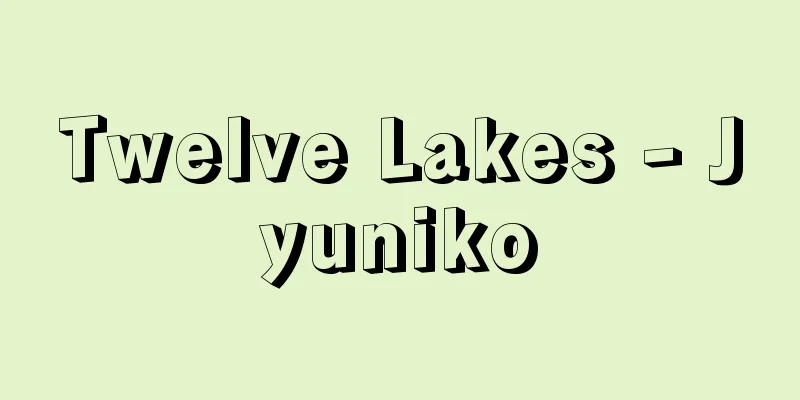Countable sets

|
A finite set is a set in which all elements can be numbered by natural numbers, such as a 0 , a 1 , ..., a n , .... It is also called a numberable set. If n is a natural number, then the elements of a finite set with n elements can be numbered from zero to (n-1), so finite sets are also countable sets. A set with all natural numbers as elements, that is, the set consisting of all natural numbers, is an infinite set, but since the elements themselves can be thought of as their own numbers, it is also a countable set. Furthermore, the set of all integers ..., -n, ..., -2, -1, 0, 1, 2, ..., n, ... [Toshio Nishimura] [Reference item] | |Source: Shogakukan Encyclopedia Nipponica About Encyclopedia Nipponica Information | Legend |
|
そのすべての元にa0,a1,…,an,…のように、自然数によって番号をつけられる集合のことである。可付番集合ともいう。nを自然数とすると、n個の元をもつ有限集合の元には、ゼロ番目から(n-1)番目まで番号をつけられるので、有限集合も可算集合である。すべての自然数を元とする集合、すなわち自然数全体からなる集合は、無限集合であるが、この元自身を自分自身の番号と考えることができるから可算集合である。さらに、整数の全体 [西村敏男] [参照項目] | |出典 小学館 日本大百科全書(ニッポニカ)日本大百科全書(ニッポニカ)について 情報 | 凡例 |
<<: Hyperacidity - Hyperacidity
Recommend
Manasara (English spelling)
...The settlements and housing styles we see toda...
Kiyotaki
[1] [Noun] A waterfall with clear water. ※Engi 5th...
"Essai sur le don" (English spelling)
...His early studies on sacrifice, classification...
Warm-blooded animals
〘noun〙 (translation of warmblood animals) Animals ...
Felis geoffroyi (English spelling) Felisgeoffroyi
…[Tadaaki Imaizumi]. … *Some of the terminology t...
Toshiyuki Majima - Majima Rico
Born: November 13, 1874 in Kyoto [Died] August 19,...
Pareto's law
The first empirical law discovered regarding incom...
flame analysis
...When a substance is placed in a flame, the ato...
Wang Mang - Wang Mang
Founder of the Xin Dynasty in China (reigned 9-23...
English Women's Domestic Magazine
…Magazines advocating women's rights, such as...
Keratin - German
A scleroprotein, a general term for structural pr...
British Music
British music has long been unique from music on ...
descendant
…Under current law, the term has no more than a l...
Name of the hat - Eboshina
〘Name〙 In the past, when a samurai boy came of age...
sputtering
...(3) Vapor deposition: In a high vacuum, the me...









